Wildlife Watch: Abundant Ground-nesting Birds Sign of Healthy Grasslands
Ground nesting bird populations are essential indicators of your ranch’s ecological health.
Ground-nesting birds serve as an important indicator of a healthy ranch, according to Alan Sparks, senior research associate at Noble Research Institute. Such birds belong to a diverse group, from shorebirds that nest on sandy and rocky areas along ponds and lakes, such as killdeer and sandpipers, to some species of waterfowl that tuck their nests away in deep vegetation.
But, when it comes to evaluating ranch management, not all ground-nesting birds are created equal. The presence and prevalence of grassland ground-nesting game birds, such as the northern bobwhite quail and wild turkey, are key clues about your land’s ecological health and diversity.
“I think using grassland birds is like a blanket indicator. If they’re functioning properly, then you can, in a general statement, say the ecosystem on your ranch is functioning properly, as well,” Sparks says.
Grassland ground-nesting birds, especially quail, can be good barometers for healthy land because they thrive in diverse native pastures. Quail coveys, or small flocks, prefer bunch grasses, such as little bluestem, big bluestem and Indiangrass to nest in, and they rear their young in the spaces between the bunches. They also need large forbs and brush to provide cover from predators. In addition to habitat requirements of quail, turkeys also need mature wooded areas near water, because the adult birds roost in trees.
If both of these game birds are present on your ranch, chances are you have healthy and diverse land that welcomes wildlife with a mixture of native grasses, forbs, brush and trees. Simply put, grassland ground-nesting game birds reflect a balanced landscape, habitat and grazing area.
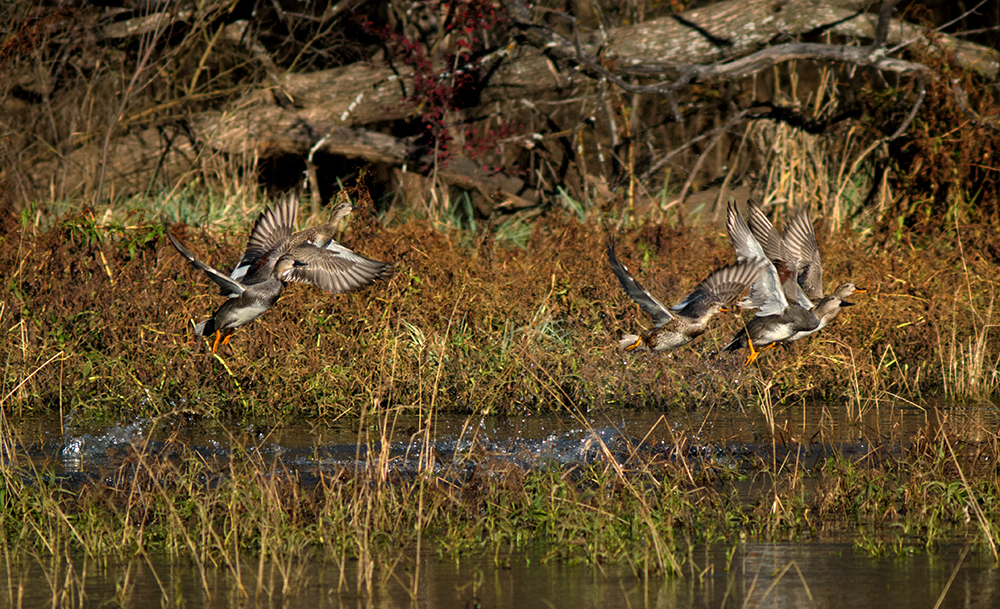
Rebuild populations with diverse habitats, careful management
Providing these diverse habitats is of the utmost importance, as some estimates show that the grassland ground-nesting game bird population has declined by as much as 60% over the last 50 years, according to Sparks.
Much of this decline can be attributed to some agricultural management practices. Overgrazing ruins the cover quail coveys need to raise their brood successfully. Dense monoculture, introduced-grass pastures no longer give the birds space to nest, and fractured tracks of land often hinder natural game trails and habitats. But regenerative ranching can encourage ground-nesting birds by increasing their natural habitats on your land.
With grassland ground-nesting birds serving as such an important indicator of your ranch’s health, it is important to be mindful of them. Sparks recommends taking nesting season into your grazing management plan considerations.
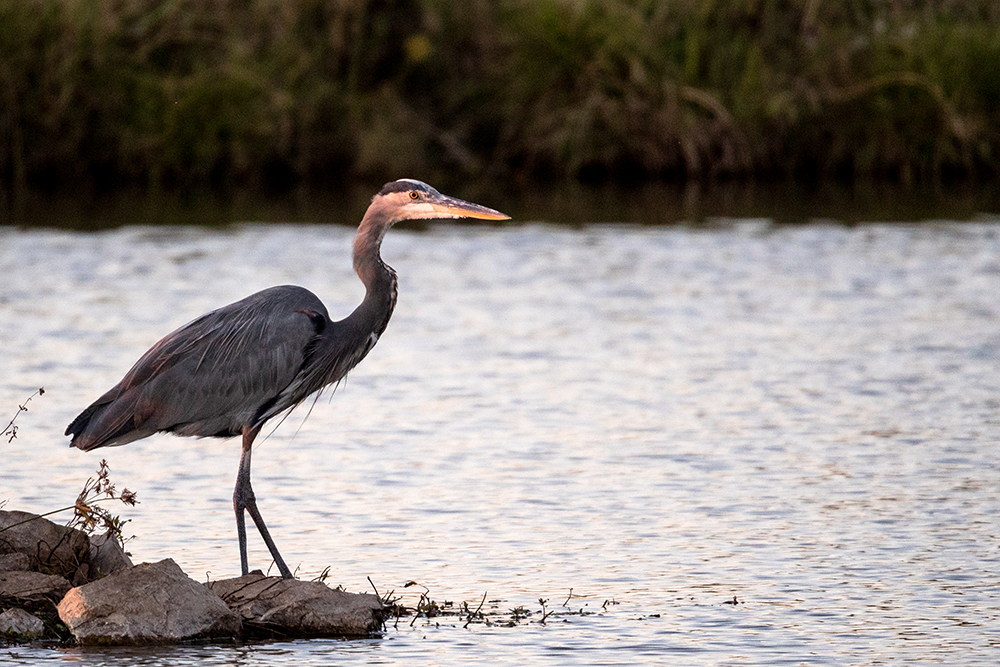
Watch for and count ground-nesting birds
To manage around grassland ground-nesting birds, you have to know where they are.
Biologists studying grassland birds conduct flush counts. During these counts, scientists tie a rope to a stick and drag the rope along the ground while walking through a specific portion of the field. This allows the biologists to count, record and survey the number and types of birds which are flushed from each part of the field.
Ranchers can take a less-formal approach to bird counts by simply noting any grassland ground-nesting birds they see while driving fields or checking their livestock or fences. Sparks suggests ranchers jot down bird sightings and locations — the notes app on their phone or a notebook in the ranch truck will work great.
These notes will help ranchers plan grazing and land management tactics around ground-nesting species to ensure the birds can safely rear their brood.
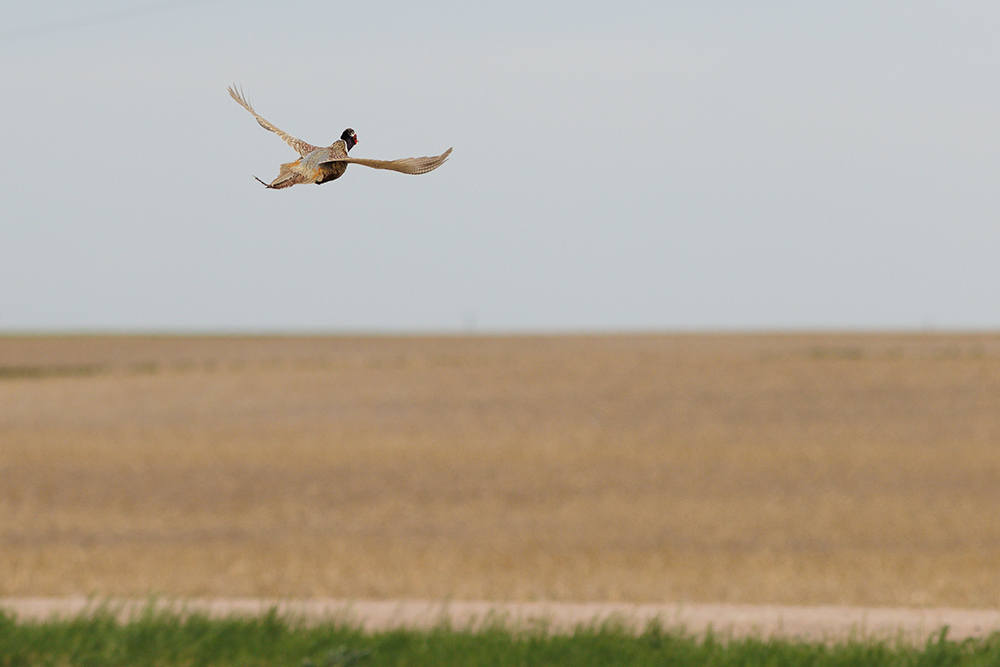
Listen for birds that are healthy-soil indicators
Another great way to track grassland ground-nesting birds on your ranch is to simply listen. Biologists also use this technique to survey bird populations, but it is a little more advanced. Scientists take acoustic recordings of properties they are surveying. These audio files are downloaded and run through a program that converts acoustic data to spectrograms, or visual representations of the pitch, frequency and pattern of a bird call. This technology allows researchers to “see” sound. Using spectrograms, biologists can easily use computer programs to sort and catalog bird calls and their frequency to help estimate populations.
“Birds are easy to see, and they’re easy to listen to,” Sparks says. “We could almost survey the birds and then be able to say what is happening all the way down to your soil. If your soil is functioning the way it’s supposed to be, you’ll probably have the plants that you’re supposed to have, and therefore you’ll have the right grassland birds.”
Ranchers don’t need complex computer programs to use this methodology, though. They can simply note quail and turkey calls that they hear on their land. And, if they’re unfamiliar with different bird calls, Sparks says there is an app for that. Many free or low-cost bird identifier apps are available for smartphones, and some can even listen to a call and identify the bird. One example is Merlin Bird ID, which can identify birds by sound or image and lets you track date and location of your sighting.
Regardless of how the sound is gathered or processed, the familiar “bobwhite” whistle and wild turkey gobble should be welcome sounds on your ranch.

Take advantage of bird-centric benefits to your ranch
Outside of serving as a valuable measurement metric for ranch ecology, grassland ground-nesting birds offer a plethora of benefits for regenerative ranchers.
Managing your land to encourage ground-nesting birds can not only improve the health and diversity of your ranchland, but it can also offer value-added marketing opportunities for your livestock. Programs like the Audubon Conservation Ranching Incentive offer a market-based certification process, which adds value to ranchers’ products that were raised with grassland and wildlife management in mind.
As Sparks says, when it comes to regenerative ranching, producers do not need to choose between their livestock or the wildlife.
“With proper grazing, you can still get everything you need for the cattle and also maintain that habitat for these grassland birds.”
Note: This article is part one of three in our Wildlife Watch series about monitoring and managing wildlife on regenerative ranches.

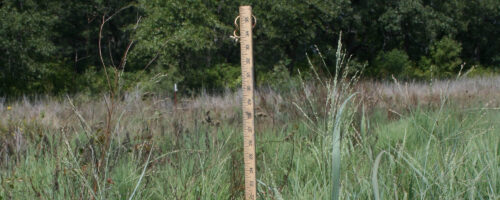
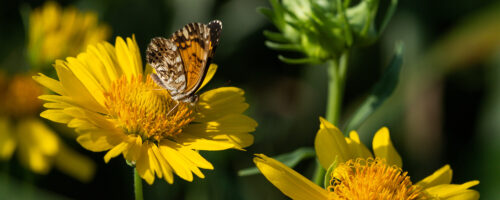
Comment